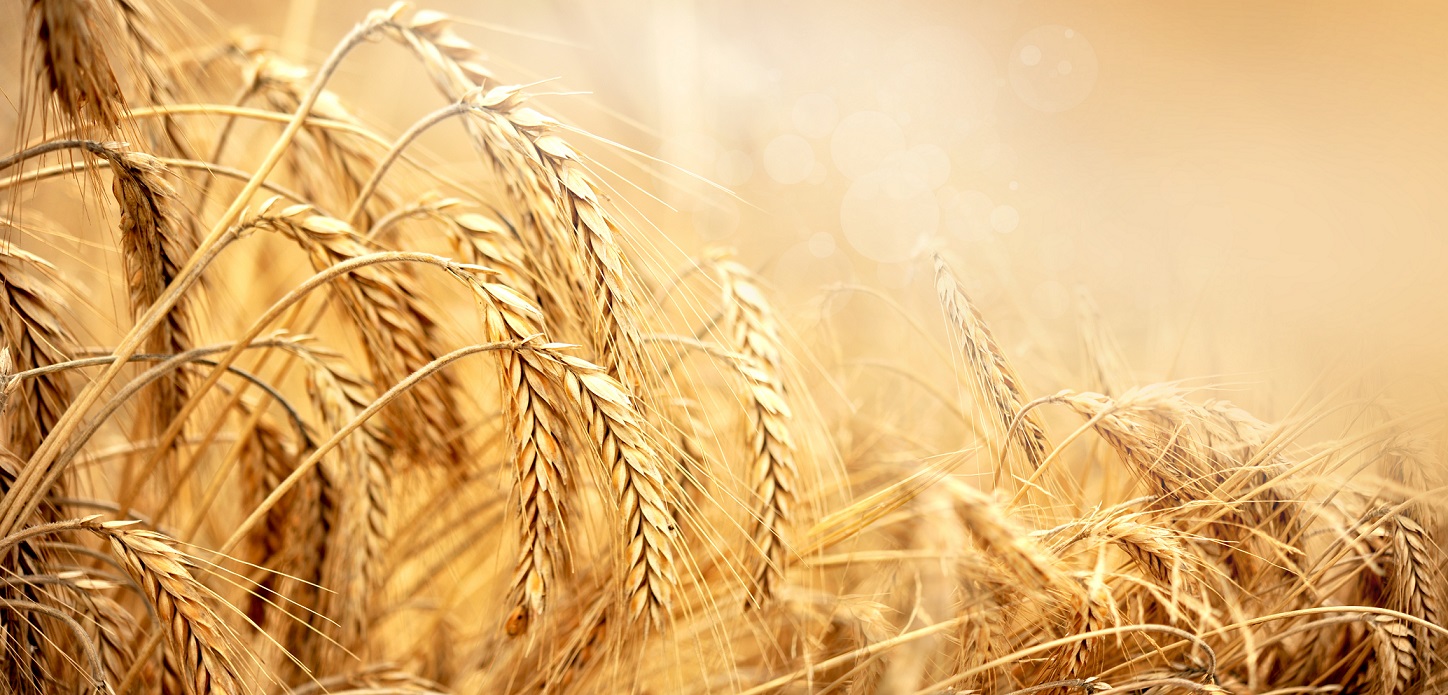
Foliar fertilization of cereals is a very important element of supplementing microelements in plants. It is worth remembering that the uptake of micronutrients through the root system is limited. The reason for this is the high pH of the soil, which we strive for due to the maximum use of phosphorus, potassium and nitrogen by crops. The micronutrients are taken from the soil by the root system in the case of low pH, and therefore opposite to macronutrients.
All the microelements are important, but the most important ones are the micronutrients in the cereals. It is about copper, manganese, zinc and iron. Copper influences the development and structure of tissues, is involved in nitrogen transformations and protein synthesis. Moreover, copper significantly reduces the susceptibility of cereals to lodging. This trace element also influences the number of grains per ear. Manganese supports the assimilation of carbon dioxide and affects the synthesis of carbohydrates. Zinc is involved in the synthesis of chlorophyll and vitamins, and also affects the processes of plant growth and development. Iron regulates the processes of photosynthesis, chlorophyll, lignins and carotene. It plays an important role in the process of protein synthesis. Iron, by dyeing the leaves of plants a darker green color, intensifies the processes of photosynthesis. The micronutrients have varied, very important functions and none of them can be replaced by another.
In the event of a deficiency of any microelement, metabolic processes are disrupted, and above all photosynthesis, plants become susceptible to unfavorable external conditions, which in turn reduces the yield and the quality. In the case of cereals fertilized with foliar fertilization and well-nourished with microelements, nitrogen will be used more efficiently in terms of yield, and the protein content will be much higher.
Foliar fertilization of cereals consists in the direct supply of microelements to the leaves of plants. The use of foliar fertilizers for cereals is a way to quickly remove nutrient deficiencies. Perform the action also prophylactically to protect the plants from the unpleasant effects of micronutrient deficiency. Foliar fertilization of cereals should be carried out from the tillering phase through the phase of shooting at the stem to the flag leaf. Especially at the end of tillering and at the beginning of shooting, the microelements in cereals are very important because they affect the quality of the grain and the nitrogen transformation in the plant.
Correct foliar feeding of cereals should be carried out on cloudy days, when the air reaches high humidity, with full turbulence of cereal leaves. Avoid treatments during drought, in strong sunlight and low air humidity. Optimal conditions are early in the morning or evening. The foliar fertilization should not be performed before the expected frosts and during physiological drought. You should also remember about the water temperature, which we use in foliar fertilization of cereals. It should not be very cold, as the plant may experience thermal shock during the treatment.
In order to optimize the foliar fertilization of cereals, they can be combined with fungicide and insecticide treatments. To enhance the effect of foliar fertilizer, add magnesium sulfate to it. It is the simplest and quickest supply of sulfur and magnesium to plants. Remember that foliar fertilization of cereals should not be combined with herbicidal treatments, as weeds may not be controlled. Various types of fertilizers can be used for foliar fertilization of cereals; for example single micronutrients for use in cereals or complex micronutrient fertilizers. This type of fertilizer allows you to save time in the preparation of the working liquid and to avoid mistakes when mixing individual microelements (applies to the amount of added microelements). Too high a dose of any micronutrient may contribute to plant damage or may inhibit their growth.
In the case of complex foliar fertilizers for cereals, fertilizers based on chelates and the latest generation fertilizers based on levorotatory plant amino acids work well. In the case of the latter, the concentration of microelements in cereals is much greater, fertilizers are characterized by a much faster digestibility. The individual micronutrients, thanks to the amino acids they contain, immediately go to their destination after being collected. Amino acids present in fertilizers, often combined with vitamins, have a biostimulating effect - they make cereals more resistant to all kinds of stress.
The micronutrient deficiencies in cereals make it impossible to obtain high and good-quality crops, therefore foliar fertilization of cereals is very important. Thanks to microelements, plants are well-nourished, resistant to all kinds of pathogens of fungal diseases. This, in turn, may translate into lower costs related to fungicide protection against fungal diseases.